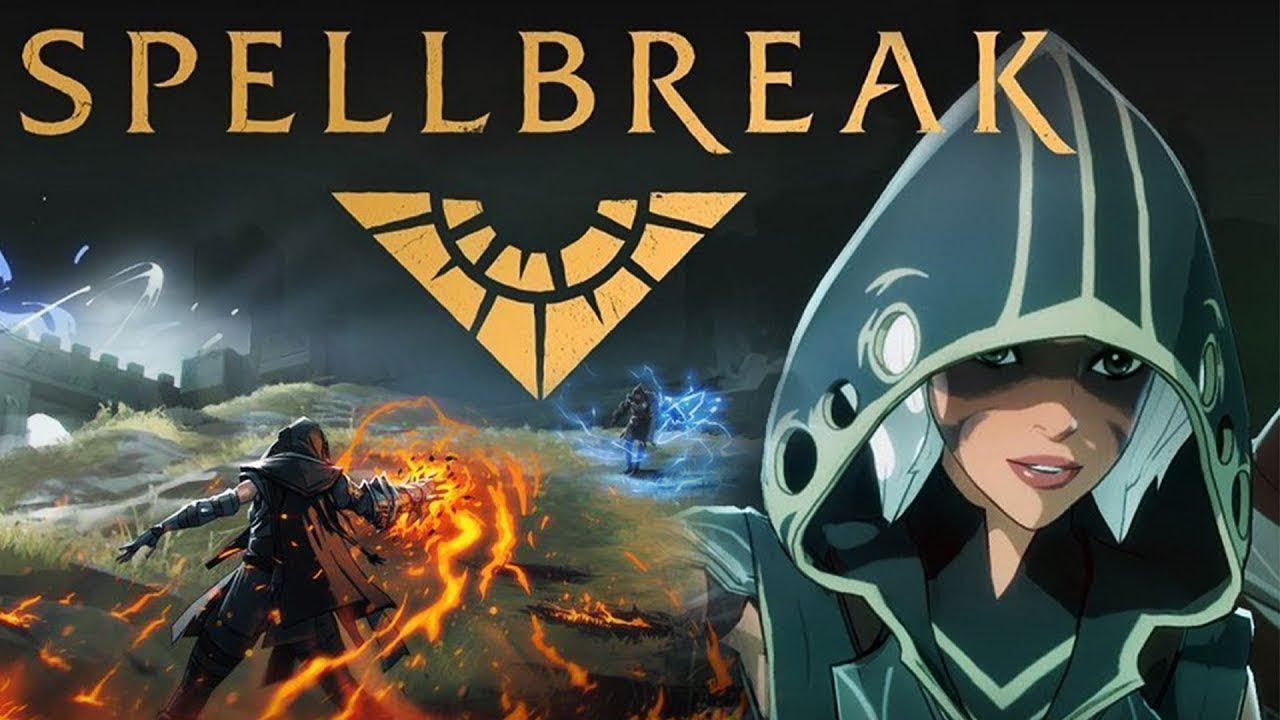

Genshin Impact takes these elements, but relies on the weapons used to signify impact. I can ignite a gas cloud and have it detonate. Hard hitting abilities and combos take longer to set up, but they pack a punch.Ī big thing that helps here is the effect that spells and elements have with each-other and the environment. The abilities have that excellent balance of power and cost. Even the non-damaging abilities like Tornado-jumping convey the raw power of harnessing nature and making it work to your advantage. Fireballs and lightning strikes have real weight behind them. Slinging spells and throwing elements feels incredible. Spellbreak definitely takes the lead in this case.

In short, both games do a good job of showcasing elemental power, but Spellbreak does it more viscerally and believably. The visuals give off a feeling of danger when engaging the enemy. Raising firewalls and throwing poison clouds around is smooth and effortless, but gives off a feeling of raw power. The mages in Spellbreak bend these elements to their will, volatile as they are. It’s a game about elemental mages, the elements are their weapons, and the visuals imbue a sense of mastery over said elements. This is where Spellbreak has the advantage. This is more apparent in physical fighters, as Mages like Lisa don’t have a genuine weapon to channel through but will instead wield a book. It can be a bit subtle, with the elemental magic falling in the background to swordplay. It feels like the elements are an extension of the weapons you wield, just not in a good way. Genshin Impact does it’s best to incorporate the elements into its combat. The ability to interact with other players’ elements means you can shift the tide of battle to your favor with clever and quick reactions, even when playing solo. Spellbreak is team-oriented, pushing you to engage with your squad and synergize for combat – whether attacking, defending or even retreating. Combos are up to you to engage, and you can swap your character out to adapt at will. Outside of co-op, Genshin Impact has you controlling a party of four characters. The main differences between Spellbreak and Genshin Impact lie in the combat styles, as well as the party system.

The spells themselves are more dynamic and physically impressive, turning combat into a spectacle of color and power. Fights are all spell-casting, with players having to come up with deadly combos on the fly – sometimes literally. Spellbreakon the other hand has elemental magic front and center, for combat and more. The elements are fun to combine, but they ultimately don’t feel as important. Your weapons and artifacts play a bigger role. The elemental magic is a big part of the combat – especially as your progress and enemies get harder – but it’s not the only part. When enemies are wet, they can be frozen solid by Kaeya, or any other character with ice magic. Barbara’s ability is a single-target heal-over-time with water area-of-effect. Genshin Impact allows for elemental combos to be made between characters. Elemental enhancements vs elemental focus


 0 kommentar(er)
0 kommentar(er)
